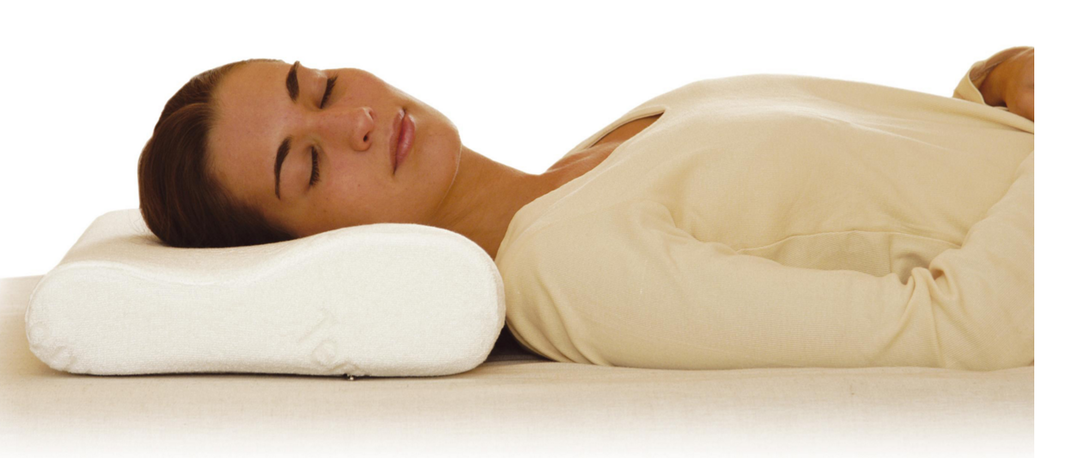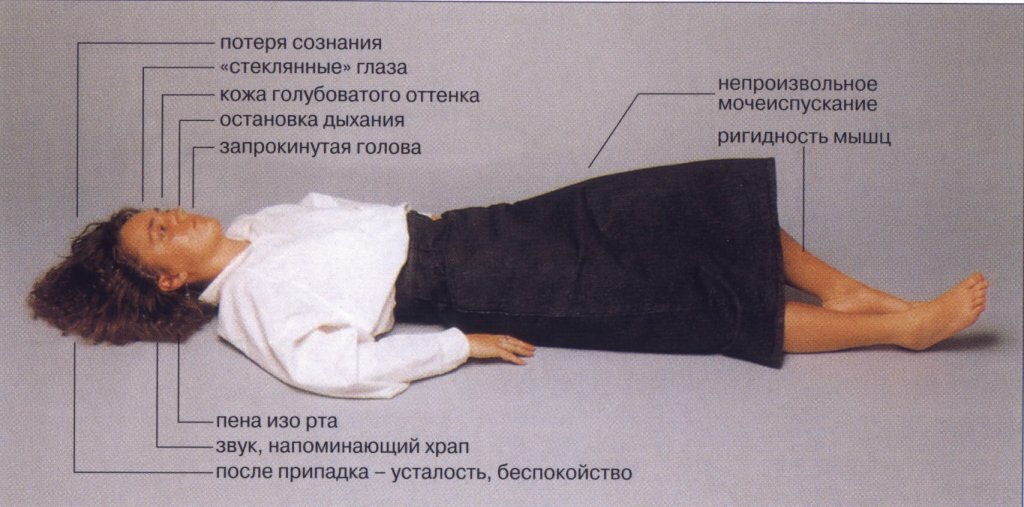Chorea of Huntington: what is it, symptoms, treatment, videos of patients
The development of cognitive decline along with the loss of existing knowledge, mental disorders and hyperkinesis is a short description of Huntington's chorea. It is inherited and progresses at a slow rate in the body. Between the ages of 20 and 50, it is most likely that Huntington's disease will begin to manifest itself in the form of symptoms noticeable to the patient and others. The prognosis is unfavorable.
After 10-13 years after the first signs of manifestation, the patient dies. Only therapy that aims to suppress symptoms can suppress hyperkinesis, and that is all that can be done.
Huntington's disease has a much larger symptomatic map and occupies a leading position in neurology. After all, not only disorders of the musculoskeletal system are characteristic of Chorea, while they appear at later stages. And in the beginning, the patient's relatives will have to observe the onset of brain damage based on common signs.
Until the end, scientists have not yet figured out the causes and mechanisms of the development of the disease. In the literature, you can find dozens of descriptions of pathologies of a hereditary or acquired nature. However, the treatment process is not so easy to set up due to a lack of understanding of the intricacies of the clinical development of Chorea. As a result, it is almost impossible to establish an accurate diagnosis. You can only use the existing rehabilitation and adaptation programs so that Chorea has a minimal effect on the body.
Content
- Where does Huntington's disease come from?
- Description of the manifestations of Chorea
- Chorea as a secondary disease
- Small form
- As a consequence of pregnancy
- Diagnostics
- Treatment
- Conclusion
- Video of patients with this disease
Where does Huntington's disease come from?

When the basal nuclei of the brain are affected, the first manifestation of chorea begins. Responsible for human behavior and accuracy of movement:
- substance black;
- striped body;
- nuclei of the diencephalon and midbrain.
But everything is much more complicated - these areas have a close connection with other centers of regulation and zones that are responsible for memory and emotions. This also includes the pathways. Therefore, when the basal nuclei are damaged, neurological disorders of varying degrees begin to appear.
If there is a congenital pathology, then most often protein synthesis is disrupted. As a result, brain cells begin to die off. Chorea of Huntington, which most often occurs as a result of other pathological changes in the body:
- ingress of poison that affects the activity of the nervous system;
- cancerous tumors;
- injury.
These factors can affect the communication of neurons, thereby giving rise to the manifestation of the hyperkinetic syndrome.
Description of the manifestations of Chorea

You can find out what it is from a detailed description of the manifestations of the disease. With the onset of the manifestation of the disease, a person's motility becomes disturbed. The connection between neurons in the brain is disrupted and movements begin to become confused. This is expressed:
- slight loss of accuracy of limb movements;
- gestures and facial expressions become inadequate, because they often do not fit a specific situation;
- behavior and aggression can surprise others.
Read also:Symptoms and treatment of vegetative-vascular dystonia (VVD)
Often, the patient's relatives begin to notice a change in character. However, few people think about it.
With the further development of the disease, the patient begins to randomly move his limbs, since he is no longer able to control them. At the same time, the movements are fast and sweeping. Even at rest, the patient moves his limbs, and the range of motion is quite strong. Involuntary movements can be complex, but there will be no control over them at all.
Against this background, other lesions of the nervous system arise:
- lack of coordinated movements;
- depressive behavior;
- aggression;
- a small amount of emotions;
- panic;
- partial memory loss;
- violation of thinking of any form;
- the big one is not able to recognize in the face of loved ones;
- sleep in the middle of the day and constant lack of sleep;
- craving for addictions and bad habits.
Remember that as soon as you or a loved one show the first signs of chorea, you need to see a doctor for help!
The time frame for the onset of manifestations of Chorea of Huntington in the human body is quite wide. From 20 to 50 years of age, symptoms can creep out. However, the earliest manifestation of the disease recorded to date is 3 years.
Choreic hyperkinesis has facial localization:
- sticking out the tongue;
- twitching cheeks;
- frowning or raising eyebrows.
This syndrome is extremely rare in children.
Some cases of hyperkinesis have been accompanied by manifestations on the arms and legs:
- the process of flexion and extension of the fingers at moderate;
- spreading legs on the sides;
- bringing the legs together with their crossing.
The speed of movement of the limbs and fingers in the process does not differ in high speed, but there are complex ones. Sometimes the involuntary movements are slow. With the progression of the disease, hyperkinesis intensifies. At the same time, they become similar to athetosis, which turns into rigidity.
If the patient is at a young age, seizures are frequent - up to 50% of cases. They are not seen as strongly in adults. Over time, patients lose the ability to speak normally due to speech disorders. The pronunciation of sounds suffers, but the order remains almost until the end of the disease. However, speaking speed and intonation change over time.
Eye movement disorders also occur in the first stage of the disease. This is expressed by the following violations:
- the response from receiving a signal from the brain to the start of eye movement increases;
- the translation of the gaze becomes slow;
- tracking accuracy becomes poor.
Read also:Cephalgic syndrome (cephalalgia): what it is, causes, symptoms and treatment
Nystagmus is a consequence of the development of the disease. Most often it is vertical, sometimes it is combined.
Chorea as a secondary disease
In some cases, Huntington's chorea disease occurs as a concomitant. The list of possible satellites is wide enough and includes:
- infectious lesions;
- metabolic disorders;
- toxic effects;
- getting injured;
- autoimmune diseases;
- violation of the work of blood vessels.
Doctors have no difficulty in diagnosing chorea syndrome as a secondary pathology. But recognizing the primary defeat that led to the chorea will take some work. For this, the following methods are used:
- clinical examination;
- biochemical analysis;
- molecular research;
- other means of collecting information and analyzing data.
Small form

Chorea Minor is also called Sydengama Chorea. It manifests itself almost only in adolescence or childhood.
The development of small chorea occurs several months after the development of a streptococcal infection or against the background of an exacerbation rheumatism. At the same time, there are no symptoms of the acute period of the latter. It should be noted that girls are 2 times more likely to suffer from Huntington's disease. For an early stage of character, motor retardation, slight discoordination of movements and patients make grimaces. At the same time, gestures are exaggerated and not expressed.
If the case is more severe, then hyperkinesis reaches such a stage that the patient becomes unable to perform self-care. At the same time, speech becomes upset, there is no opportunity to communicate with the patient. Muscle weakness, Gordon's syndrome (the so-called knee reflex), emotional disorders are observed. In most cases, hyperkinesis begins to subside spontaneously and disappears within 3-6 months.
As a consequence of pregnancy
There is also a disease of Huntington's chorea during pregnancy. Primiparous mothers who have had a small chorea are prone to re-manifestation. Modern experts associate chorea of pregnant women with the development of lupus erythematosus in the body. Huntington's disease manifests itself at 2-5 months of pregnancy. It is extremely rare that this happens after childbirth. Sometimes there are relapses with subsequent pregnancies.
Huntington's disease and its symptoms appear sharply on the patient and last for several months. It happens that they are registered immediately after childbirth or after an abortion.
Diagnostics
As soon as a person has even the slightest suspicion of the development of chorea, it is necessary to urgently examine him by a neurologist. Specialists at the hospital will conduct the necessary research and testing on the equipment to find possible pathological changes in the body. To do this, apply:
- general blood and urine tests;
- biochemical blood test;
- CT scan of the brain;
- MRI and PET;
- if there is a suspicion of hereditary chorea, then it is necessary to conduct a genetic study.
Read also:Restless legs syndrome
Over the next 10-13 years after the first signs appear, death occurs due to various complications:
- pneumonia;
- heart problems.
In total, patients with this disease rarely live to 55 years of age. 45-55 years is the period when death occurs.
For families where at least one of the possible parents has Huntington's disease, doctors advise not to have children. This is due to the fact that at the moment there is no way to identify the source of the disease until the moment Chorea began to manifest itself in the body.
Treatment
If there is an underlying disease in the body that led to the manifestation of the choreic syndrome, all efforts are focused on eliminating it. The patient is treated depending on the degree of damage - in a hospital or at home. Treatment is carried out as follows:
- If a pathology has arisen against the background of toxic effects, then the source of the poisoning is identified and it is blocked (they stop giving pills, remove poison from the body and other methods).
- In the presence of autoimmune degradation, the patient will need immunosuppressants. If there is a tumor in the body, then it will need to be removed. This can be chemotherapy or radiotherapy, possibly surgery.
- If there are vascular diseases, then appropriate treatment with rehabilitation will be required. The latter is sometimes lengthy.
If there is a manifestation of a specific form of chorea, then Tetrabenazine is used - this is a new drug. It affects the part of the brain that is responsible for movement. That is, excessive movements will be blocked and the patient will remain in a state of relative rest. The course of admission is quite long. The drug is expensive by our standards. And one more drawback - it cannot be used for depression, which often accompanies chorea.
Conclusion
Chorea is not a final judgment on a person, even despite the growing prevalence of the disease. The latter is due to a large number of factors that lead to the onset and development of pathology. There is no need to despair at the discovery of this disease.
Most patients with secondary syndrome will get rid of it thanks to modern drugs that effectively affect the nervous system or primary forms of inflammation. From the latter, the development of chorea occurs. As for the rest, their life due to genetic predisposition will be significantly improved thanks to a similar group of drugs.



